IDEAS
DANCE
CONNECT
Scroll Down
to Explore
Ligament was founded to facilitate the articulation of an evolving language that encompasses the impulses of contemporary dance. The idea of “contemporary” is inherently bound to time, to a sense of history, rather multiple histories unfolding. In its 2016-17 iteration, we hope that Ligamentcan grapple with the idea of how dance might hold a place in-step with the patterns of active and forming histories, rather than remaining a canonised and pondered response to a bygone world. We’d like to embrace the immediacy of “contemporary”, and invite contributions from dancers, choreographers, arts practitioners, scholars, audience members, readers. In this way, we hope to reach for the intimacies, resistances, and fragilities that permeate the developing field of South Asian contemporary dance.
Articulating a medium as visceral, visual, and ephemeral as dance requires making connections to methods of thought and critique that lie outside evaluative language. So for Ligament 2016-17we welcome, of course, the critical essay, but also audio, photographs, ekphrastic poems, interviews, and hybrid media of various kinds that might speak to us about dance, carefully and proximately. Like the anatomical connective tissue for which it is named, Ligament,we hope, can help us locate dance in tandem with the many bodies that produce and encapsulate it.
To those who find themselves here for the first time, welcome. And those whom we have met before, we are glad you are back.
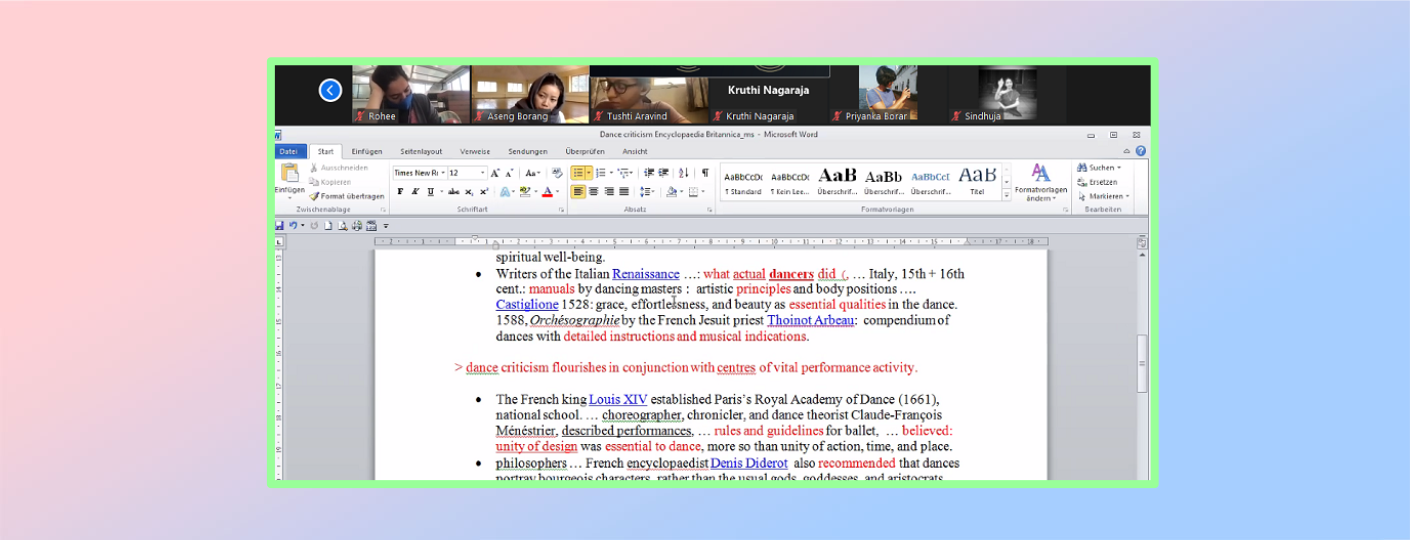
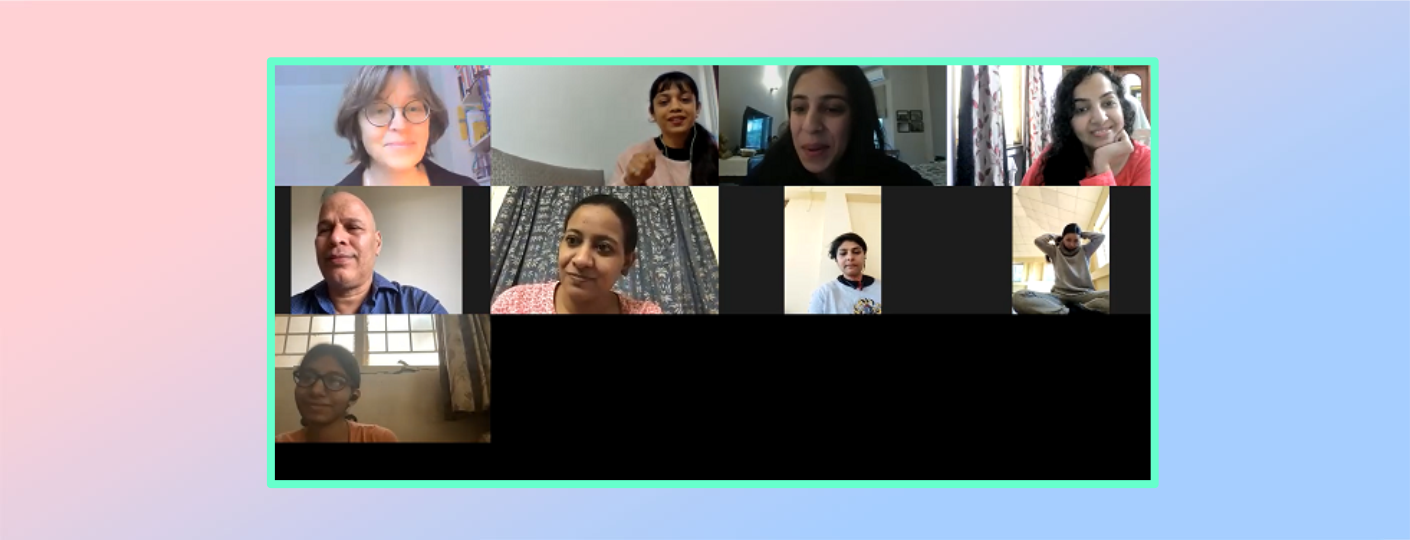
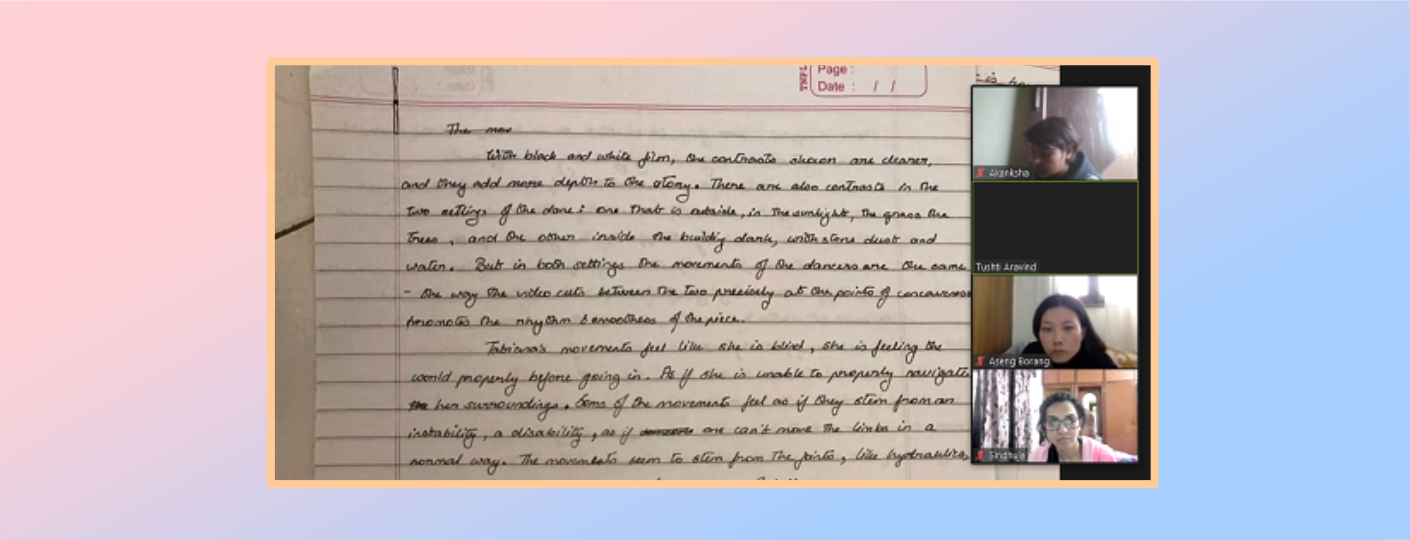
Ligament Volume 3 took a hybrid avatar. Attakkalari India Biennial 21-22 has a healthy mix of live on stage physical performances, hybrid events, installations, film screenings, conferences, conversations and residency on a range of subjects including the one on “Writing on Dance” to nurture the talents of emerging dance critics and writers.
Services
CMS-Systeme
Webshop-Systeme
Native-Apps
Web-Apps
Applikationsentwicklung
Motion & Animation
Video
Awards
Grafik-Design
Image-Werbung
Corporate Identity
Corporate Design
Content Marketing
UI/UX-Design
Messe & Events
Issues
Editor’s Note
As a dancer, I am always intrigued to see what words can do to the moving body. How words can empower, disrupt, project, glorify, signify, suffocate, comfort, and even produce and reproduce a moving/dancing body. Words preserve the moving body both in time and beyond time. Words grasp her ephemerality. Words tell us of her labour, her sweat, her desires, and her constraints. As Spinoza brings us to wonder, “No one has yet determined what the body can do”. Even this mystery of the body, only words can spell out.
At the Writing on Dance Lab, at Attakkalari India Biennial, 2021-22, we have attempted to play with such ideas. We have together wondered about dance, movement patterns, vocabularies, choreographies, lights, spaces, objects, and contexts that together compose the abilities and rigours of a moving human body. And that through varied forms of text and words. In moments, we have even tried to provoke a certain absence of language. By engaging in drawing, sketching, colouring, illustrating, and speechlessness and silences of sorts. I am deeply thankful to Attakkalari who invited me to facilitate a space that were to focus on organisation of endless thoughts and perspectives about the moving body. I am deeply thankful to all the authors, who showed a hearty willingness and intention to engage in all sorts of discussions we had together, discussions that turned out both deep and whimsical. And I am deeply thankful to Melanie Suchy, who led us all in this journey with as much passion, experience, and generosity. Together, we learnt a lot!

Meghna Bhardwaj
New Delhi, India
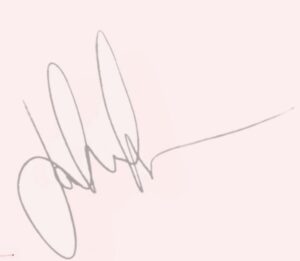
From the mentor’s desk
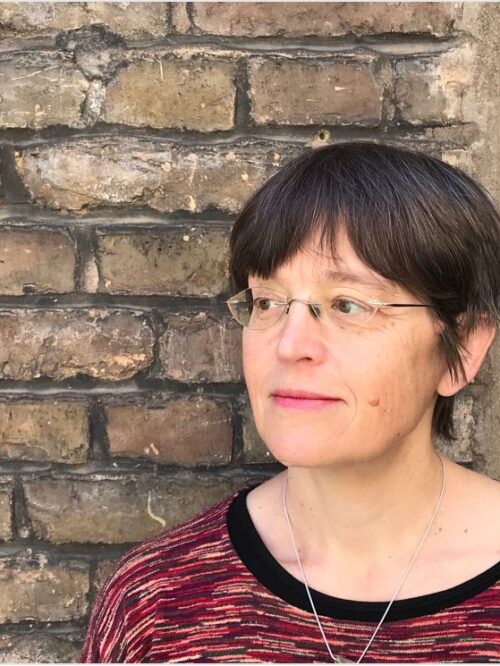
Melanie Suchy
Berlin, Germany
Does the Dance need language? Do we need language when we see dance? Or when we learn to dance? Teach dance? Remember dance? Instead of asking for the necessity we could also ask for the “how” or the freedom to enjoy it: the connection of dancing with language. It’s about communication, about art, about art as communication and vice versa.
I admit I have my doubts about my profession as dance journalist. They grow with the time. The crisis of journalism, especially the one in printed media, is adding to them. The feeling of not knowing enough and the fear of getting tired, these are very personal doubts. Plus the struggle to make a living as freelancer. But when I get the chance to share a bit of the knowledge I did acquire in those years of watching dance performances (since the beginning of the 1990ies) and of writing about dance as art form (since 2003), I realize its value. So for me this Writing on Dance Lab in the frame of Attakkalari’s international dance festival is a present.
Something is given – back – to me. It’s not for free, though. It comes with a lot of work, but of the sort which is like a walk along a path that grows with the steps on it. We are all there, moving, I think. With eight participants and Meghna Bhardwaj on my side, only via screens, covering enormous geographical distances, we succeeded easily in becoming a group. Wow! Not for the sake of it but for feeling secure enough to speak openly. Speaking and listening. That’s a big part of what we do. So I could bring in a few impulses and playful tasks, to encourage the above mentioned joyful use of language. But suggestions from everyone in the group are welcome and quite some serious topics have been thrown into the discussion. We also started sharing recommendations for dance films, articles, choreographers. Everyone can learn from everyone. The diversity of artistic biographies and profiles in the group is a bonus!
I am what in the field of dance is called a “practitioner”. My writing is aimed at normal readers, normal in the sense of people interested in culture, in arts (well, this is already a constraint). For some authors used to the style of academic writing with its own rules and expectations, this step towards a different “audience” is a challenge. I hope, a good one. That is what I try to convey in the lab which includes working with the participants on their texts. For example: descriptions are important. It sounds banal, but it’s not and it’s not easy. You should offer what we call in German “Anschaulichkeit”: create, i.e. recreate images!
Apropos. We deliberately include drawing in the “writing on dance”. This is new and a great experience for me. It’s another medium, but also a kind of translation from what a person senses as spectator. It’s also done by hand – with pen or brush or on IPad – and it is attractive for readers. Traces of moving. What stays?
The experience turnt out to be quite delightful and also bittersweet. It was delightful because the exchange of ideas and discussions provided so much stimulus for my writing practice, the discussions were always oozing with ideas. Editor Meghna and Mentor Melanie created an environment where different kinds of ideas were appreciated and managed to include them in our discussions. It was bittersweet because you realized that there was still so much left to speak on and about, many more structures and approaches to writings that could have been addressed but time is always running away from us.
Aseng Borang
The process of editing can be overwhelming at times but in the writing lab it was detailed enough to be helpful and was very constructive. While simplifying complex sentences for better understanding, I felt as though I answered my own questions.
Akanksha Kumari
The writing lab on dance was a delightful experience, for it provided a fitting atmosphere to ideate, discuss, develop and express. It enabled me to be imaginative, make mistakes, and deliver the output competently- something I could take further. Appreciate our mentor Melanie and editor Meghna for their support and generosity, the lab participants for their responsiveness and Attakalari and Goethe-Bengaluru for facilitating!
Sindhuja
The writers
Would you like to contribute?
Sparkling minds wanted !
Volunteer.












